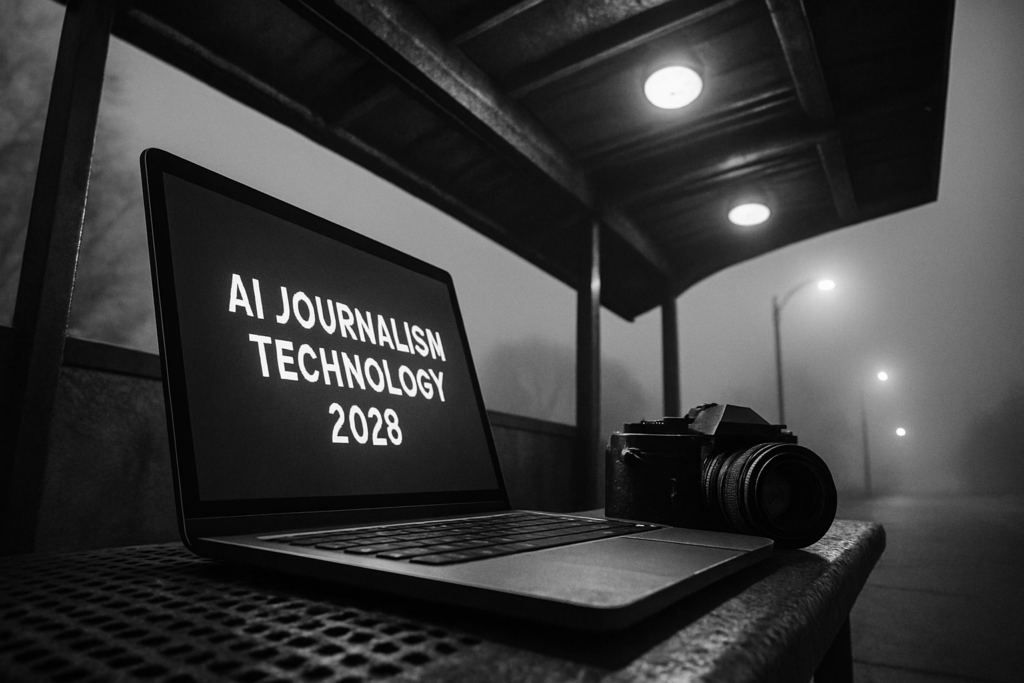In today’s digital age, the landscape of media is constantly evolving, presenting both challenges and opportunities for content creators and consumers alike. As a seasoned expert in the field, I’ve witnessed firsthand the impact of media convergence on how information is produced, distributed, and consumed. This shift towards a more interconnected media environment has brought about a host of new challenges that require innovative solutions to navigate successfully.
From the rise of social media influencers to the integration of artificial intelligence in content creation, media convergence has revolutionized the way we interact with information. As I delve into the complexities of this dynamic environment, I’ll explore the key challenges and opportunities that media convergence presents, offering valuable insights into how individuals and organizations can adapt and thrive in this rapidly changing landscape.
Understanding Media Convergence
Definition of Media Convergence
Media convergence refers to the blending of traditional and digital media platforms to create new forms of communication and content delivery. It involves the integration of various media channels, such as television, radio, print, and online platforms, to provide a seamless and interconnected multimedia experience to users. This integration enables content to be accessed, shared, and interacted with across multiple devices, blurring the lines between different types of media.
Historical Background
Media convergence has its roots in the evolution of technology and communication over the years. The concept gained prominence with the rise of the internet and the digitization of content, which allowed for the convergence of different media formats on digital platforms. The development of social media, streaming services, and mobile devices further accelerated the process of media convergence, changing the way content is produced, distributed, and consumed. This historical background sets the stage for understanding the challenges and opportunities that media convergence presents in today’s digital landscape.
Challenges of Media Convergence
Media convergence brings along various challenges that need to be addressed in today’s rapidly changing digital landscape. Let’s dive into some of the key hurdles:
- Technological Challenges
In the realm of media convergence, staying abreast of rapid technological advancements is paramount. Ensuring seamless integration and compatibility across diverse platforms can be a daunting task. Issues such as technical glitches, data security concerns, and the need for constant upgrades pose significant challenges in adapting to evolving technologies. - Regulatory and Legal Issues Navigating the complex regulatory framework surrounding media convergence requires a deep understanding of legal implications. Compliance with intellectual property rights, data privacy regulations, and content licensing agreements becomes increasingly intricate as traditional and digital media boundaries blur. Striking a balance between innovation and adherence to regulatory standards is a crucial challenge in the media convergence landscape.
Economic Challenges
The economic landscape of media convergence presents its own set of challenges. Monetizing content effectively amidst a sea of digital offerings requires innovative business models and monetization strategies. Competition for advertising revenue, subscription-based services, and consumer engagement intensifies in the converged media environment. Balancing profitability with sustainability while adapting to rapidly changing market dynamics poses a significant economic challenge for stakeholders in media convergence.
Opportunities in Media Convergence
Exploring opportunities in media convergence reveals exciting prospects for content creators and consumers alike. From enhanced content distribution to the emergence of new revenue streams and the limitless possibilities for innovation, the landscape of media convergence offers a dynamic space for growth and advancement.
Enhanced Content Distribution
In media convergence, content distribution undergoes a transformation with the ability to reach wider audiences across multiple platforms seamlessly. Content creators can now distribute their work through various channels such as social media, online streaming services, and traditional broadcasting, ensuring maximum exposure and engagement. This enhanced distribution not only amplifies the reach of content but also allows for personalized experiences tailored to different audience segments.
New Revenue Streams
One of the most significant advantages of media convergence is the introduction of new revenue streams for content creators. Through diversified monetization strategies like subscription models, sponsored content, and targeted advertising, creators have the opportunity to generate income from different sources. Additionally, partnerships with brands and collaborations with other content creators open up avenues for revenue generation, fostering a sustainable ecosystem for content creation.
Opportunities for Innovation
Media convergence fosters a culture of innovation, pushing content creators to think outside the box and experiment with new ideas. The integration of technology, data analytics, and interactive storytelling enables creators to deliver immersive experiences to their audiences. By leveraging the latest tools and trends in media production, creators can explore innovative formats, storytelling techniques, and engagement strategies, setting new standards for content excellence in the digital landscape.
Case Studies in Media Convergence
In examining case studies in media convergence, I’ll delve into success stories and the valuable lessons we can learn from failures in this dynamic landscape.
Success Stories
Exploring successful implementations of media convergence reveals the power of leveraging multiple platforms for content delivery. One remarkable success story is that of a major broadcasting company that seamlessly integrated its traditional television broadcasts with a user-friendly streaming service. This innovative approach not only retained its existing audience but also attracted a new generation of viewers seeking on-the-go entertainment options. By offering a comprehensive viewing experience across various devices, the company significantly expanded its reach and diversified its revenue streams.
Another inspiring success story comes from a renowned publishing house that embraced media convergence by combining its print publications with interactive digital content. Through immersive storytelling techniques and engaging multimedia elements, the publisher captivated readers across different demographics and regions. This strategy not only revitalized its traditional print business but also opened up opportunities for monetization through online subscriptions and targeted advertising. The publisher’s adaptability to changing media trends exemplifies how embracing convergence can drive innovation and business growth.
Learning from Failures
Examining failures in media convergence provides crucial insights into the pitfalls to avoid when navigating this evolving landscape. One notable failure involves a popular social media platform that attempted to expand into original content production without a clear integration strategy. Despite its large user base, the platform struggled to compete with established streaming services due to inconsistent content quality and a lack of cohesive brand identity. This misstep highlights the importance of careful planning and alignment with audience preferences when diversifying into new media formats.
In another case, a traditional broadcast network underestimated the impact of digital disruption and failed to adapt its content distribution model accordingly. By resisting the shift towards online streaming and mobile viewing, the network lost relevance among younger audiences accustomed to on-demand content consumption. This failure underscores the need for traditional media entities to embrace technological advancements and audience behavior changes to remain competitive in an increasingly digital world.
By learning from both successes and failures in media convergence, industry players can navigate challenges, capitalize on opportunities, and drive innovation in content creation and distribution.


